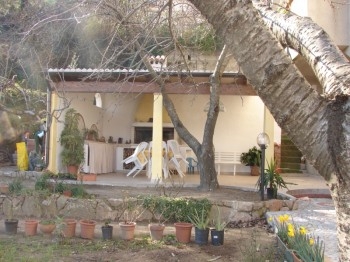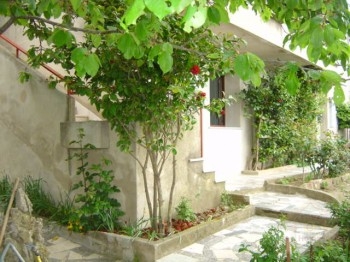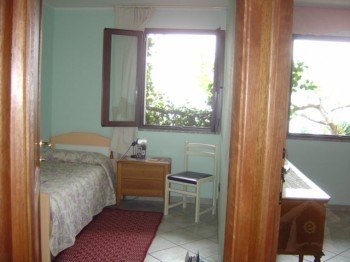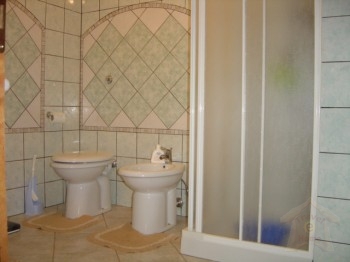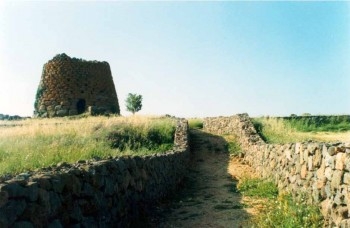Sardinia is part of the Mediterranean area and shares its specific hazards. A few basic precautions are generally enough to stay out of trouble, especially during summer and autumn.
Sardinia is scarcely populated, in particular the interior; help is not always easily found, and there remain large patches of land where mobile-phone coverage is inexistent (e.g. at the bottom of sheltered valleys). Terrain, despite the lack of high elevations, is generally rugged and steep; this, in combination with heat and lack of water, can quickly lead to disaster. Beware!
Summer is hot and the sun quite strong; the usual precautions to avoid heatstroke and sunburns apply. From May to September, water scarcity in the country is a serious problem. Always take a lot of water with you (especially so when hiking), even if you plan a short trip; bringing along fresh watery fruit (such as peaches) is also helpful. While tap water is generally (but not always) safe, it is recommended to buy bottled mineral water; remember that sweating implies loss of water and of mineral salts.
Autumn is generally fine, but can become very unpleasant because of the heavy rainstorms and hilly topography, creating possibilities for land- and mud- slides; always check the weather before planning a trip, even with your car. Winter and spring are generally safer, with pleasantly mild weather (especially during the day) and abundance of water; but remember that to higher elevations corresponds an increasingly colder weather and larger precipitation. Much of Sardinia (especially the Western part) is very windy from September to April; all drivers, and in particular those with campers, must exercise caution.
Some open-sea beaches are notorious for strong underwater currents (in particular on the West coast); beware that warning signs are not always posted. Ask at your hotel or locals. The Mediterranean sea is no lily pond; every year, there are several people killed by drowning in Sardinia, and regularly victims are imprudent persons dragged from the shore by large waves.
Be careful when hiking in old mining districts (Sulcis-Iglesiente, Sarrabus, Nurra); while local authorities have sealed off many dangerous areas, there remain some. Always avoid dark galleries, because they might hide vertical ventilation shafts; do not venture into closed areas (look for the word Pericolo Danger or the usual warning signs). If you want to explore mines, go to the local tourist information agencies; they will direct you to organized tours. There have been tales of individuals (mostly ex-mineworkers) running their own private tours; avoid these, as they are illegal and extremely unsafe, because of risks of cave-ins, water infiltration, etc.

 Property Type :
Apartment
Property Type :
Apartment  2 Bedrooms
2 Bedrooms 1 Bathroom
1 Bathroom  2 to
3 Sleeps
2 to
3 Sleeps 